Tax Tips: QCDs Expanded, Renting to Family and Friends, and ESAs
QCDs expanded
A qualified charitable distribution (QCD) is a powerful tool for achieving your philanthropic objectives in the most tax-efficient way possible, if you’re age 70½ or older and charitably inclined. Ordinarily, to deduct a charitable gift, you must itemize deductions and the gift must not exceed a certain percentage of your adjusted gross income. A QCD allows you to bypass those restrictions by transferring up to $100,000 per year — tax-free — directly from your IRA to a qualified public charity. And a QCD counts toward your required minimum distribution (RMD).
Now, under SECURE 2.0, you have a one-time opportunity to make a QCD of up to $50,000 to a charitable gift annuity or charitable remainder trust for the benefit of you or your spouse. Not only do you enjoy the substantial tax advantages of a QCD, but you also create an income stream for life.
Renting to family and friends: Handle with care
Ordinarily, you’re entitled to deduct the expenses of owning and operating a rental property. You may even be able to claim a loss if those expenses exceed your rental income (subject to certain limitations).
However, if you rent a property to a family member or friend for less than fair market rent, the IRS will consider the property to be a personal residence rather than a rental property. As such, you’ll still have to report the rental income on your tax return, but you’ll lose many of the deductions associated with rental properties. (Although depending on your circumstances, you may still be able to deduct some or all of your mortgage interest and property taxes.)
ESAs for employees
Starting in 2024, employers can set up emergency savings accounts (ESAs) for non-highly-compensated employees that are linked to a 401(k) or similar plan, under SECURE 2.0. ESA balances are capped at $2,500 and may only accept employee contributions. (These contributions count for purposes of employer matching contributions to the linked plan.) Contributions — up to 3% of salary — must be made on an after-tax basis (similar to a Roth account) and the funds must be available for withdrawal at least once per month. Withdrawals from ESAs are tax- and penalty-free.
This material is generic in nature. Before relying on the material in any important matter, users should note date of publication and carefully evaluate its accuracy, currency, completeness, and relevance for their purposes, and should obtain any appropriate professional advice relevant to their particular circumstances.
Share Post:









